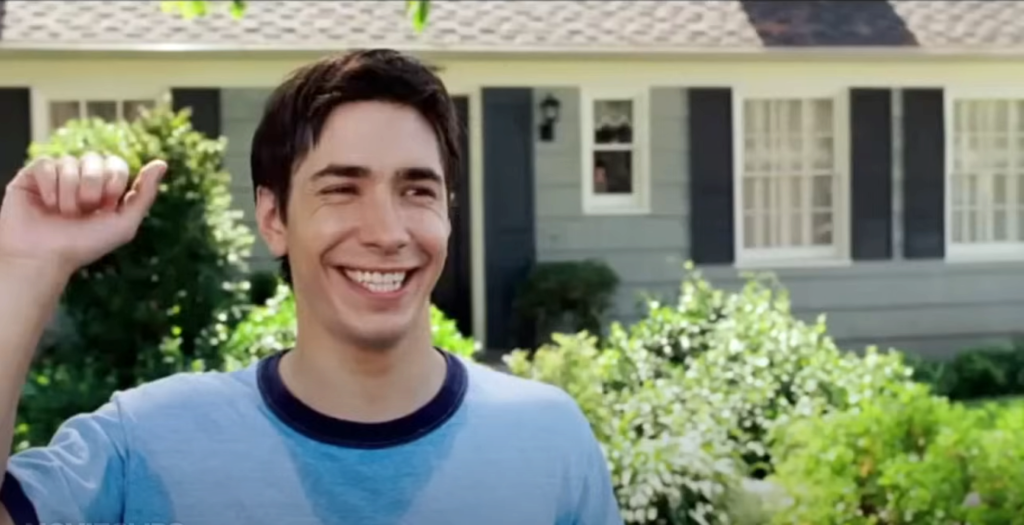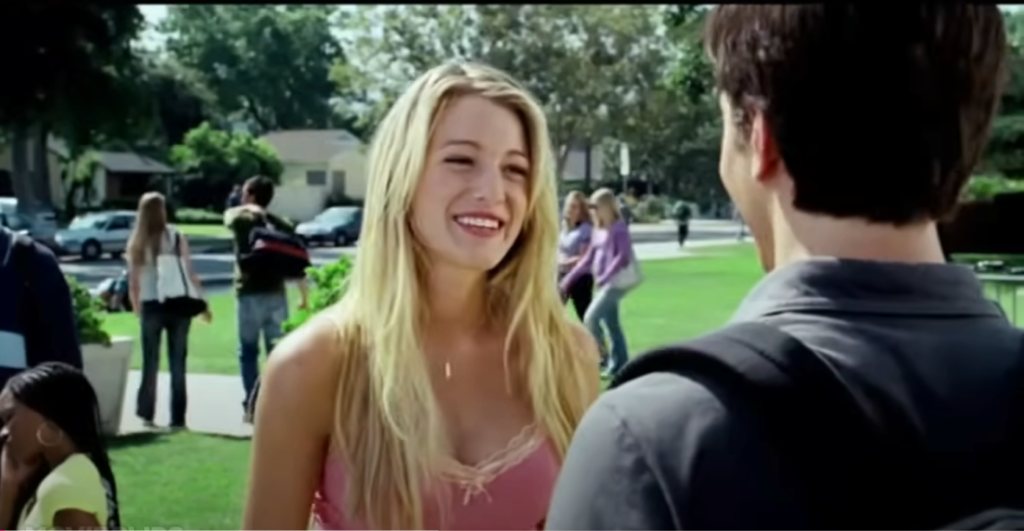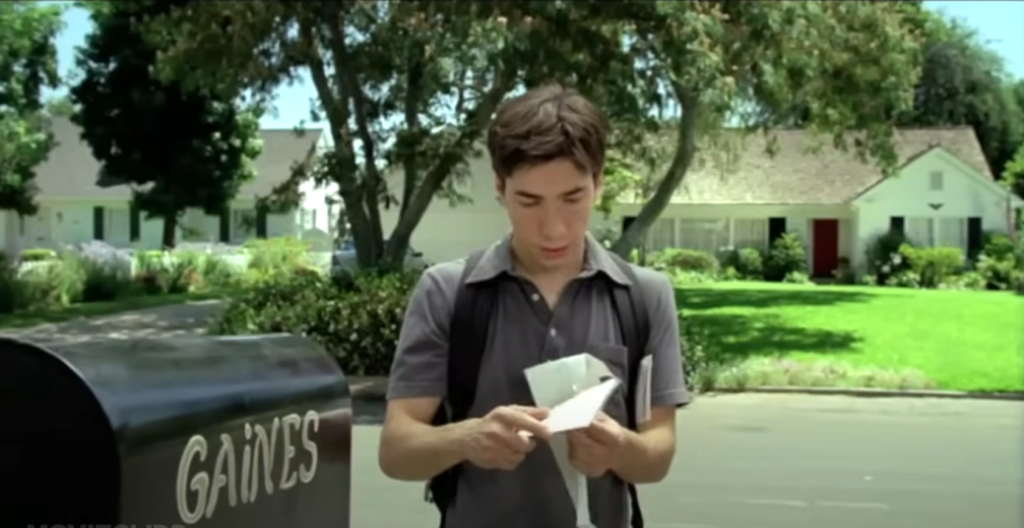Setting the Scene: The Role of Sound in Horror
In the world of horror cinema, sound design is an unsung hero that plays a critical role in crafting fear and tension. While visuals capture our attention, it’s the audio elements—those unsettling noises, eerie music, and sudden silences—that truly get under our skin and haunt us long after the credits roll. Sound design is not just about creating noise; it’s about building an atmosphere that heightens the sense of dread and anticipation, making even the most mundane scene pulse with px`otential terror.
From the creaking of a floorboard to the crescendo of a haunting score, every sound in a horror film is meticulously crafted to evoke a visceral reaction. These auditory cues guide the audience’s emotions, often leading them into a false sense of security before plunging them into fear. This article delves into how sound design is masterfully used to intensify the horror experience, transforming ordinary moments into nerve-wracking sequences that leave audiences gripping their seats.
The Science of Fear: How Sound Triggers Psychological Responses
Sound has a profound psychological impact on the human brain, especially when it comes to inducing fear. Certain frequencies and tones can trigger our primal instincts, causing anxiety and unease without us even realizing it. Low-frequency sounds, often referred to as infrasound, are known to create feelings of discomfort and dread. These sounds are usually just below the range of human hearing but can cause physical reactions like shivering or a sense of impending doom, making them a popular tool in horror sound design.
In horror films, these sound frequencies are strategically used to manipulate the audience’s emotional state. For instance, in Paranormal Activity, the filmmakers employed infrasound to build tension during the quiet moments, creating an almost imperceptible sense of fear that escalated as the film progressed. Additionally, sharp, sudden sounds, such as a door slamming or a high-pitched scream, can startle viewers, triggering a fight-or-flight response. These audio cues are not just about making the audience jump; they are carefully calculated to evoke a deep, instinctual fear that lingers long after the initial shock has worn off.
Creating Atmosphere: The Subtle Art of Ambient Sound
Ambient sound is the unsung backbone of horror film soundscapes, setting the mood and tone long before any terrifying visuals appear. Unlike dialogue or music, ambient sounds are often subtle, blending into the background to create an immersive atmosphere that heightens the viewer’s sense of unease. The rustling of leaves, the distant howl of wind, or the barely perceptible hum of a fluorescent light—all of these elements contribute to a feeling of isolation and vulnerability that is essential to the horror experience.
Films like The Witch and Hereditary excel in using ambient sound to build tension. In The Witch, the eerie quietness of the wilderness, punctuated by the occasional crackle of a fire or the rustling of trees, creates an oppressive atmosphere that mirrors the characters’ growing paranoia and fear. Hereditary uses ambient noise similarly, with unsettling sounds that fill the silence, making the audience hyper-aware of every creak and whisper. These films demonstrate how ambient sound can transform a scene from merely eerie to utterly terrifying, by immersing the audience in a world where danger feels omnipresent, even when nothing is visibly happening.
The Power of Silence: When Less is More
In horror films, silence can be just as terrifying as the loudest scream. The strategic use of silence is a powerful tool that filmmakers use to heighten tension and amplify fear. By removing sound, directors create a void that forces the audience to focus intensely on what might happen next, often leading to an unbearable suspense. This technique taps into our natural discomfort with silence, making us acutely aware of every small sound that breaks it, whether it’s a creaking floorboard or a whisper of wind.
Silence is particularly effective when used right before a jump scare or during a suspenseful moment. The sudden absence of sound creates a stark contrast that makes the eventual noise—a slam, a scream, or a burst of music—much more shocking. In A Quiet Place, for example, the near-constant silence of the film not only reflects the characters’ need to avoid making noise but also builds a tension that is almost unbearable. Every sound becomes a potential threat, and the moments of silence are filled with dread.
Similarly, in The Others, silence is used to create an eerie atmosphere that keeps the audience on edge. The film’s quiet moments, where the only sounds are subtle creaks or breaths, make the sudden supernatural occurrences even more frightening. By using silence, these films demonstrate that sometimes, less is truly more when it comes to inducing fear.
The Impact of Music: Composing Fear
Music plays a pivotal role in shaping the horror experience, often serving as the unseen force that builds suspense and delivers scares. A well-composed score can evoke a sense of dread long before any visual horror appears on screen, guiding the audience’s emotions and heightening the tension. In horror films, composers often use dissonant chords, eerie melodies, and unsettling rhythms to create an atmosphere of unease, making the music an integral part of the storytelling.
Dissonant chords, which are combinations of notes that clash with each other, are frequently used in horror music to create a sense of instability and tension. These sounds are inherently unsettling to the human ear, making the audience feel anxious and on edge. Eerie melodies, often played on high-pitched instruments like violins, can add to the sense of fear, especially when they seem to mimic the sounds of distress or warning.
Iconic horror scores, such as John Carpenter’s theme for Halloween, exemplify the power of music in the genre. The simple, repetitive piano melody of the Halloween theme is instantly recognizable and deeply unnerving, creating a sense of impending doom that lingers throughout the film. Similarly, Bernard Herrmann’s score for Psycho, with its sharp, stabbing strings, heightens the terror of the infamous shower scene, turning it into one of the most memorable moments in film history.
Through these musical elements, horror films are able to manipulate the audience’s emotions, drawing them deeper into the terror and making the scares more effective.
Sound as a Narrative Tool: Telling the Story Through Audio
Sound design in horror films goes far beyond merely creating an eerie atmosphere—it’s a critical narrative tool that can shape the story and reveal deep insights into characters and themes. Through careful manipulation of sound, filmmakers can guide the audience’s emotions, foreshadow events, and provide subtle clues about a character’s state of mind. In many ways, the soundscape of a horror film is as important as its visuals, adding layers of meaning that might not be immediately apparent.
In The Babadook, for example, sound plays a pivotal role in conveying the psychological torment of the characters. The use of unsettling, low-frequency sounds during key moments heightens the sense of dread, while the harsh, jarring noises associated with the titular creature amplify the horror of its presence. The creaking of floors, the distant whispers, and the sudden loud bangs are not just for scares—they mirror the protagonist’s descent into madness, making the audience feel her anxiety and fear.
Similarly, in It Follows, sound design is used to build an ever-present sense of menace. The soundtrack features a mix of retro synthesizers and disturbing ambient noises that echo the relentless pursuit faced by the characters. The use of silence in certain scenes, punctuated by sudden, dissonant tones, keeps the audience on edge, constantly anticipating the next scare. Here, sound not only foreshadows the inevitable arrival of the entity but also reflects the characters’ isolation and the inescapable nature of their fear.
Through these examples, it becomes clear that sound in horror films is not just an accessory but a narrative force. It can symbolize thematic elements, such as the manifestation of guilt or the inevitability of death, and can provide audiences with a deeper understanding of the characters’ inner worlds. In the hands of a skilled filmmaker, sound design transforms from a background element into a central storytelling device that elevates the horror experience.
The Evolution of Horror Sound Design: From Classic to Modern
The evolution of sound design in horror films reflects the broader technological advancements and changing creative approaches in cinema. In the early days of horror, sound was often used in a more straightforward manner, relying on basic effects like ominous organ music or sudden loud noises to startle the audience. Classic films such as Nosferatu (1922) and Dracula (1931) employed minimal soundscapes, with music and simple sound effects creating an eerie atmosphere that complemented the black-and-white visuals.
As technology advanced, so did the complexity of horror sound design. The 1960s and 1970s saw the introduction of more sophisticated audio techniques, with films like Psycho (1960) and The Exorcist (1973) using sound to build suspense and psychological tension. The infamous shower scene in Psycho is a prime example, where Bernard Herrmann’s screeching violin score became synonymous with terror. This period also saw the rise of the synthesizer, with films like Halloween (1978) using electronic music to create iconic, haunting themes that have stood the test of time.
In modern horror films, sound design has become an art form in its own right, thanks to digital technology and advanced recording techniques. Movies like Get Out (2017) and A Quiet Place (2018) use sound in innovative ways to manipulate audience expectations and intensify the horror experience. A Quiet Place in particular revolutionized the use of sound by making silence a central narrative device, where every noise held the potential for danger.
The evolution of sound design in horror is a testament to its importance in the genre. From the chilling silence of Nosferatu to the complex soundscapes of contemporary films, sound continues to be a crucial element in creating fear, tension, and emotional depth in horror cinema.
The Lasting Impact of Sound on the Horror Genre
Sound design has always been a vital component of the horror genre, transforming simple scares into deeply immersive experiences. By using sound to evoke fear, build tension, and convey complex emotions, filmmakers have pushed the boundaries of what horror can achieve. From the classic organ scores of early cinema to the sophisticated soundscapes of modern films, audio continues to play an indispensable role in shaping the horror narrative.
As technology advances, the potential for sound design to innovate and enhance the horror experience only grows. Whether through the strategic use of silence, the unsettling rhythms of a score, or the subtle ambient sounds that set the tone, sound remains a powerful tool in the horror filmmaker’s arsenal. The future of horror sound design promises to keep audiences on the edge of their seats, continuing to explore new ways to manipulate and engage our deepest fears.



